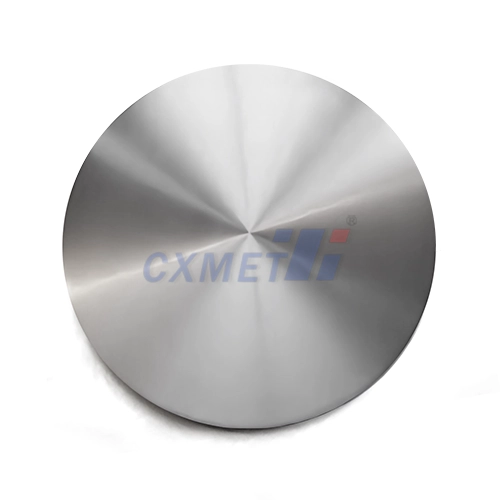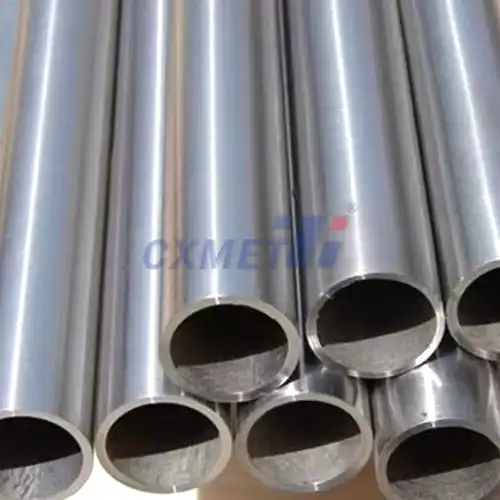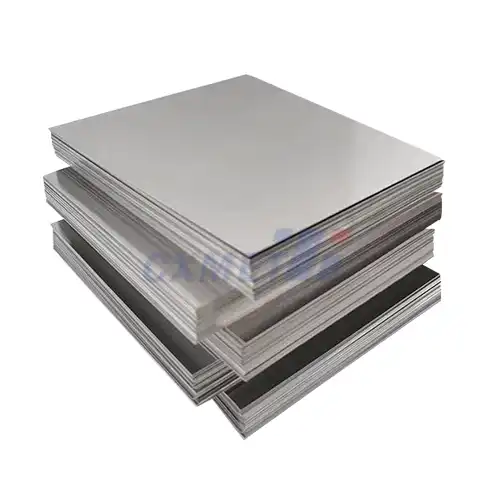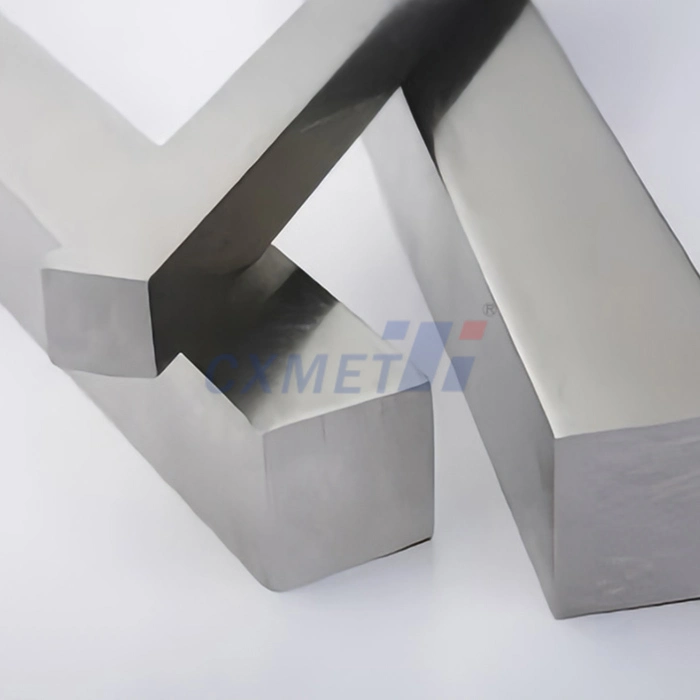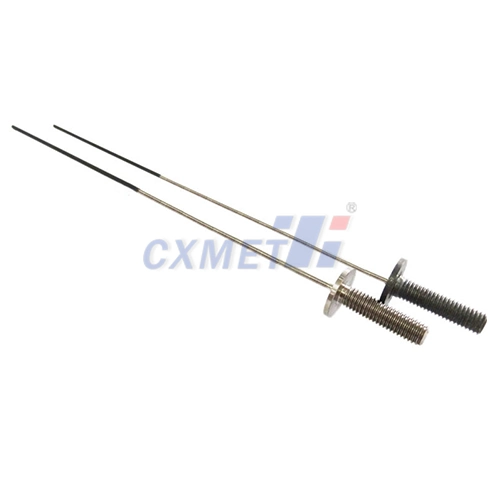- English
- French
- German
- Portuguese
- Spanish
- Russian
- Japanese
- Korean
- Arabic
- Greek
- German
- Turkish
- Italian
- Danish
- Romanian
- Indonesian
- Czech
- Afrikaans
- Swedish
- Polish
- Basque
- Catalan
- Esperanto
- Hindi
- Lao
- Albanian
- Amharic
- Armenian
- Azerbaijani
- Belarusian
- Bengali
- Bosnian
- Bulgarian
- Cebuano
- Chichewa
- Corsican
- Croatian
- Dutch
- Estonian
- Filipino
- Finnish
- Frisian
- Galician
- Georgian
- Gujarati
- Haitian
- Hausa
- Hawaiian
- Hebrew
- Hmong
- Hungarian
- Icelandic
- Igbo
- Javanese
- Kannada
- Kazakh
- Khmer
- Kurdish
- Kyrgyz
- Latin
- Latvian
- Lithuanian
- Luxembou..
- Macedonian
- Malagasy
- Malay
- Malayalam
- Maltese
- Maori
- Marathi
- Mongolian
- Burmese
- Nepali
- Norwegian
- Pashto
- Persian
- Punjabi
- Serbian
- Sesotho
- Sinhala
- Slovak
- Slovenian
- Somali
- Samoan
- Scots Gaelic
- Shona
- Sindhi
- Sundanese
- Swahili
- Tajik
- Tamil
- Telugu
- Thai
- Ukrainian
- Urdu
- Uzbek
- Vietnamese
- Welsh
- Xhosa
- Yiddish
- Yoruba
- Zulu
How is Titanium Alloy 6Al-2Sn-4Zr-6Mo Processed for Manufacturing?
2025-07-09 08:57:28
tianium Alloy 6Al-2Sn-4Zr-6Mo Round Bar, also known as Ti-6246, is a high-strength alpha-beta titanium alloy widely used in aerospace and industrial applications. This alloy is renowned for its excellent combination of strength, toughness, and creep resistance at elevated temperatures. The processing of Ti-6246 for manufacturing involves several complex steps, each crucial to achieving the desired mechanical properties and microstructure. In this blog post, we will explore the various processing methods and techniques used in the production of this versatile titanium alloy.
|
|
|
What are the primary melting techniques used for Ti-6246 production?
The production of Ti-6246 begins with the melting process, which is critical in determining the alloy's final properties. Several melting techniques are employed in the industry, each with its own advantages and considerations.
Vacuum Arc Remelting (VAR) is one of the most common methods used for Ti-6246 production. In this process, a consumable electrode made of compacted titanium sponge and alloying elements is melted in a water-cooled copper crucible under vacuum conditions. The VAR process offers excellent control over the alloy composition and helps remove volatile impurities. Multiple VAR cycles may be performed to improve homogeneity and reduce segregation.
Another widely used technique is Electron Beam Melting (EBM). This process uses a high-energy electron beam to melt the raw materials in a vacuum chamber. EBM offers advantages such as precise control over the melting process, reduced contamination, and the ability to produce large ingots. The high vacuum environment in EBM also helps in removing volatile impurities and gases from the melt.
Plasma Arc Melting (PAM) is an alternative method that uses a plasma torch to melt the raw materials. This technique offers good control over the melting process and can produce high-quality ingots. PAM is particularly useful for melting reactive metals like tianium Alloy 6Al-2Sn-4Zr-6Mo Round Bar and its alloys.
Cold Hearth Melting (CHM) is a more advanced technique that combines the principles of electron beam or plasma arc melting with a water-cooled copper hearth. This method allows for better control of the melt chemistry and can effectively remove high-density inclusions, resulting in cleaner and more homogeneous ingots.
The choice of melting technique depends on factors such as the desired ingot size, production volume, and specific quality requirements. Often, a combination of these methods may be used to achieve the optimal balance of properties and cost-effectiveness in Ti-6246 production.
How is the microstructure of Ti-6246 controlled during thermomechanical processing?
Controlling the microstructure of Ti-6246 during thermomechanical processing is crucial for achieving the desired mechanical properties. This process involves a series of carefully controlled heating, deformation, and cooling steps to manipulate the alloy's phase composition and grain structure.
The first step in thermomechanical processing is typically hot working, which is performed above the beta transus temperature (around 935°C for Ti-6246). This process breaks down the as-cast structure and helps to homogenize the alloy. Hot working can be done through various methods such as forging, rolling, or extrusion, depending on the desired final product shape.
After hot working, the alloy undergoes a series of heat treatments to develop the optimal microstructure. A common heat treatment sequence for Ti-6246 includes solution treatment, stabilization, and aging. The solution treatment is typically performed at temperatures just below the beta transus to dissolve most of the alpha phase into the beta matrix. This is followed by rapid cooling to retain the high-temperature beta structure.
The stabilization step is then carried out at a lower temperature, usually around 800-850°C, to allow for controlled precipitation of fine alpha phase particles. This step is crucial for achieving the desired balance of strength and toughness in the alloy. The duration and temperature of the stabilization treatment can be adjusted to control the volume fraction and distribution of the alpha phase.
Finally, the aging treatment is performed at even lower temperatures, typically in the range of 600-650°C. This step promotes further precipitation and growth of the alpha phase, leading to strengthening of the alloy. The aging parameters can be fine-tuned to optimize the balance between strength and ductility.
Throughout the thermomechanical processing, careful control of temperature, time, and deformation parameters is essential. Advanced techniques such as isothermal forging may be employed to achieve more uniform microstructures. Additionally, intermediate annealing steps may be introduced between deformation stages to refine the grain structure and prevent excessive work hardening.
The final microstructure of Ti-6246 typically consists of a fine dispersion of alpha phase particles in a beta matrix, with the exact proportions and morphology dependent on the specific processing history. This microstructure is responsible for the alloy's excellent combination of strength, toughness, and creep resistance at elevated temperatures.
What are the challenges in machining and forming Ti-6246 components?
Machining and forming Ti-6246 components present several challenges due to the alloy's unique properties and characteristics. Understanding and addressing these challenges is crucial for successful manufacturing of high-quality parts.
One of the primary challenges in machining Ti-6246 is its low thermal conductivity. This property causes heat to concentrate at the cutting edge during machining operations, leading to rapid tool wear and potential damage to the workpiece. To mitigate this issue, manufacturers often employ specialized cutting tools with advanced coatings and geometries designed specifically for titanium alloys. Additionally, the use of high-pressure coolant systems and cryogenic cooling techniques can help dissipate heat more effectively during machining.
The high strength-to-weight ratio of Ti-6246 also contributes to machining difficulties. The alloy's strength requires higher cutting forces, which can lead to tool deflection and vibration, especially in slender or thin-walled components. To address this, rigid machine setups and optimized cutting parameters are essential. Computer-aided manufacturing (CAM) software with tianium Alloy 6Al-2Sn-4Zr-6Mo Round Bar-specific cutting strategies can help optimize tool paths and minimize tool loads.
Ti-6246's tendency to work harden during machining is another significant challenge. As the material is cut, the surface layer can become harder, making subsequent passes more difficult and potentially affecting the final surface quality. To combat this, manufacturers often employ techniques such as high-speed machining and the use of sharp, positive rake angle cutting tools to minimize work hardening.
In terms of forming, Ti-6246 exhibits limited formability at room temperature due to its high strength and relatively low ductility. This necessitates the use of hot forming techniques for many shaping operations. Hot forming is typically performed at temperatures above 800°C, which requires specialized equipment and careful control of heating and cooling rates to maintain the desired microstructure.
Another challenge in forming Ti-6246 is its strong springback tendency. After forming operations, the material tends to partially return to its original shape due to elastic recovery. This requires careful die design and often multiple forming steps to achieve the desired final geometry. Advanced simulation tools and techniques such as hot sizing can help predict and compensate for springback effects.
The reactivity of titanium at elevated temperatures poses additional challenges in both machining and forming operations. When heated, tianium Alloy 6Al-2Sn-4Zr-6Mo Round Bar readily reacts with oxygen and nitrogen in the air, forming a hard, brittle surface layer known as alpha case. This layer can compromise the mechanical properties and fatigue performance of the component. To prevent alpha case formation, protective atmospheres or coatings are often used during high-temperature processing.
Despite these challenges, advanced manufacturing technologies continue to evolve, making the production of complex Ti-6246 components more feasible and cost-effective. Techniques such as near-net-shape forging, additive manufacturing, and hybrid manufacturing processes are increasingly being employed to reduce material waste and minimize the need for extensive machining operations.
In conclusion, the processing of tianium Alloy 6Al-2Sn-4Zr-6Mo Round Bar for manufacturing involves a complex interplay of melting techniques, thermomechanical processing, and precision machining and forming operations. By carefully controlling each step of the production process, manufacturers can harness the exceptional properties of Ti-6246 to create high-performance components for demanding aerospace and industrial applications. As research and technological advancements continue, we can expect further improvements in the processing and manufacturing of this versatile titanium alloy.
At SHAANXI CXMET TECHNOLOGY CO., LTD, we take pride in our extensive product range, which caters to diverse customer needs. Our company is equipped with outstanding production and processing capabilities, ensuring the high quality and precision of our products. We are committed to innovation and continuously strive to develop new products, keeping us at the forefront of our industry. With leading technological development capabilities, we are able to adapt and evolve in a rapidly changing market. Furthermore, we offer customized solutions to meet the specific requirements of our clients. If you are interested in our products or wish to learn more about the intricate details of our offerings, please do not hesitate to contact us at sales@cxmet.com. Our team is always ready to assist you.
References
1. Boyer, R. R. (1996). An overview on the use of titanium in the aerospace industry. Materials Science and Engineering: A, 213(1-2), 103-114.
2. Lütjering, G., & Williams, J. C. (2007). Titanium (2nd ed.). Springer-Verlag Berlin Heidelberg.
3. Donachie, M. J. (2000). Titanium: A Technical Guide (2nd ed.). ASM International.
4. Veiga, C., Davim, J. P., & Loureiro, A. J. R. (2013). Properties and applications of titanium alloys: A brief review. Reviews on Advanced Materials Science, 32(2), 133-148.
5. Leyens, C., & Peters, M. (Eds.). (2003). Titanium and Titanium Alloys: Fundamentals and Applications. John Wiley & Sons.
6. Titanium Alloy Ti 6Al-2Sn-4Zr-6Mo (UNS R56260). (n.d.). AZoM. Retrieved from https://www.azom.com/article.aspx?ArticleID=9365


